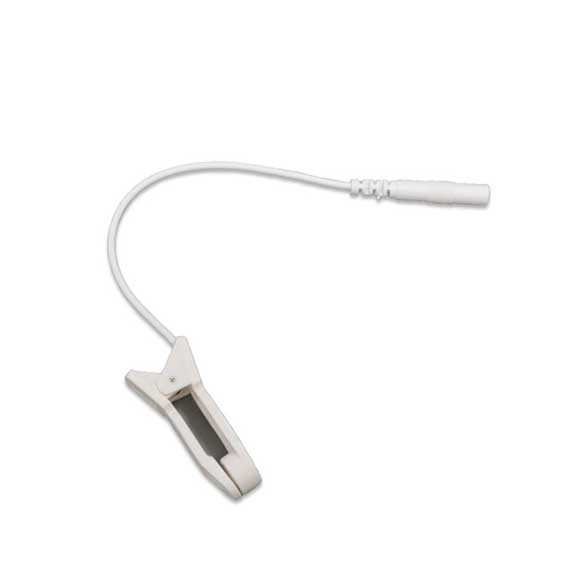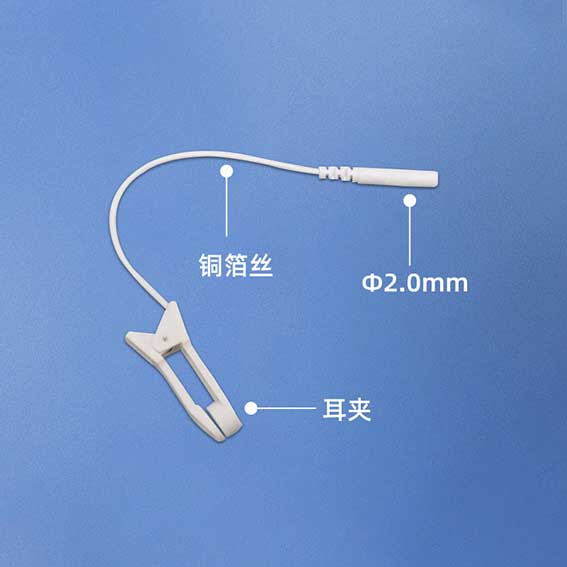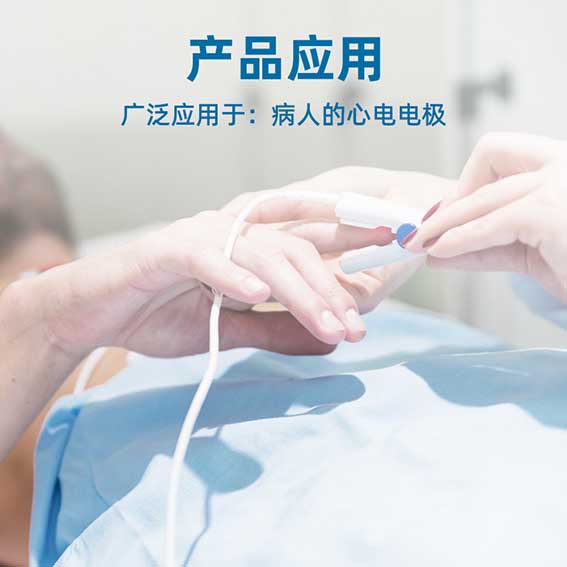Product Categories
Product Tags
3G GSM Antenna
4G LTE Antennas
5G Built-in Antenna
5G Rod Antenna
100W PD fast charging
Amart Meter Antenna
Automotive Connectors
Circular plug connector
Connection Cable
Connector
Custom wiring harness
DC Sockets
Electronic Switch
EV wiring harness
Extension Power Cords
fast charging
FPC soft cable
Industrial Connectors
Medical Wire Harness
Micro Switch
Overmolded Cable Assemblies
PD 100W Adapter
Power Cord Cable
Power Plug Adapter
Power Plug Cable
Sensor Connection Cable
SPST Micro Switch
Steam deck
STEAM DECK 100W Adapter
Terminal Antenna
TYPE C
USB Data Cable
WiFi Antenna
Wire connector
Wire harness
Wireless Antenna
Wire Terminals
2.0 hole ear clip wire sleep massager ear clip electrode cable
1. Electrode board interface: stable transmission, safe use, long service life
2. Product performance: environmentally friendly material, cold resistant, anti freezing and flame-retardant, wear-resistant
3. High quality materials: strong elasticity, good flexibility, anti-interference, and more stable performance
Category: Medical cables

Pin size: 2.0mm
Product weight: customizable
Product Name: Therapy Electrode Wire
Product color: White
Product material: Copper foil wire
Application scenario: Therapy electrode wire, health massage instrument wire


Contact Us
Waiting for your email, we will reply you within 12 hours with valuable information you needed.
RELATED PRODUCTS
ECG lead wire 3.5MM three pole male elbow TO 3.5MM therapy female buckle 4.0MM buckle wire
The connector specification: 3.5mm audio male+4.0 all inclusive copper buckle with nickel plating
Conductor material: UL standard · Bare copper · Tin plated copper/Customizable conductor material
The connector plating: customized nickel plating, gold plating/salt spray 24H, salt spray 48H
Product testing: Short circuit, conductivity, insulation full inspection, brand new precision cable testing machine, reliable and safe use
OEM/ODM: Appearance, wire specifications, colors, hardware heads, etc. can be customized and produced according to customer requirements.
Factory wholesale red blue light infrared light mask beauty silicone spectrum facial mask instrument
Step 1: Use facial mask
1. Apply facial mask: select a facial mask product suitable for your skin, evenly apply it on your face, and avoid eyes and mouth.
2. Waiting for absorption: according to the time requirements in the instructions of the facial mask, wait for the facial mask to fully penetrate and absorb.
Step 2: Wear a red light mask
3. Open the red light mask: Press the switch button below to ensure that the red light mask is activated.
4. Wear a face mask: Gently place the mask on the face from top to bottom, ensuring that the facial skin fits snugly.
5. Fixed face mask: Adjust the appropriate fixing position according to the tightness of the fixing strap on the face mask to ensure that the face mask is stable and not loose.
Step 3: Adjust the red light mode and power
6. Choose the red light mode: According to your needs, select the corresponding button on the mask to switch between different red light modes. There are generally modes such as red light irradiation, red light flickering, and alternating red and blue light.
7. Adjust the red light power: Based on your skin sensitivity, adjust the power button on the mask and select the appropriate red light power level.
Step 4: Use a red light mask
8. Start using: Press the start button on the mask below, and the red light mask will start working. 9. Exposure time: Set the appropriate red light surface usage time according to the recommendations in the product manual. It is generally recommended to use it for 15-30 minutes each time. 10. Relax and Rest: During work on a red light surface, you can choose to close your eyes to relax or engage in other leisure activities such as listening to music or reading
Step 5: End of use
11. Timed shutdown: Ensure that the red light mask is turned off by pressing the shutdown button located below after the end of its usage time.
12. Remove the face mask: Carefully remove the red light mask from the face and place it in a clean place.
13. Facial care: wash the face with clean water, and then apply appropriate face cream or lotion for facial care and water locking.
White shielding 3.5mm four pole extended audio male TO 4.0 female buckle cable
Conductor material: UL standard · Bare copper · Tin plated copper/Customizable conductor material
The connector plating: customized nickel plating, gold plating/salt spray 24H, salt spray 48H
Product testing: Short circuit, conductivity, insulation full inspection, brand new precision cable testing machine, reliable and safe use
OEM/ODM: Appearance, wire specifications, colors, hardware heads, etc. can be customized and produced according to customer requirements
 English
English العربية
العربية bosanski jezik
bosanski jezik Български
Български Català
Català 粤语
粤语 中文(漢字)
中文(漢字) Hrvatski
Hrvatski Čeština
Čeština Dansk
Dansk Nederlands
Nederlands Eesti keel
Eesti keel Suomi
Suomi Français
Français Deutsch
Deutsch Ελληνικά
Ελληνικά עברית
עברית Magyar
Magyar Italiano
Italiano 日本語
日本語 한국어
한국어 Latviešu valoda
Latviešu valoda Bahasa Melayu
Bahasa Melayu Norsk
Norsk پارسی
پارسی Polski
Polski Português
Português Română
Română Русский
Русский Cрпски језик
Cрпски језик Slovenčina
Slovenčina Slovenščina
Slovenščina Español
Español Svenska
Svenska தமிழ்
தமிழ் ภาษาไทย
ภาษาไทย Tiếng Việt
Tiếng Việt
